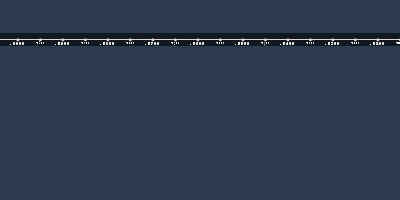Uruk Period (Cities/Trade/Cuniform Writing/Political Structures) (jan 1, 4000 BC – dec 31, 3100 BC)
Description:
During the Uruk Period, Mesopotamia witnessed the rise of complex societies and the development of early urbanization. Here is an overview of the Uruk Period:Early Uruk Period (4000 BCE to 3800 BCE): This phase saw the emergence of large-scale urban settlements, including the city of Uruk itself. The city grew rapidly, with monumental architecture, such as the famous White Temple and the Anu Ziggurat, being constructed. The period is characterized by the use of clay tablets for administrative purposes and the development of writing systems.
Middle Uruk Period (3800 BCE to 3500 BCE): During this phase, Uruk continued to expand, and its influence extended beyond its immediate region. Trade networks expanded, and there was an increase in the production of goods, including textiles and metalwork. Cylinder seals, used for stamping impressions on clay, became more prevalent.
Late Uruk Period (3500 BCE to 3100 BCE): This phase witnessed further urbanization and the establishment of city-states. The period is known for the development of the cuneiform writing system, which became the dominant script in Mesopotamia for centuries to come. The period also saw the construction of the famous Uruk city walls, which enclosed a vast area.
The Uruk Period marked a significant shift in social, economic, and political structures in Mesopotamia. It laid the foundation for the subsequent development of the Early Dynastic Period and the emergence of the first known empires in the region.
Added to timeline:
Date:
jan 1, 4000 BC
dec 31, 3100 BC
~ 899 years
